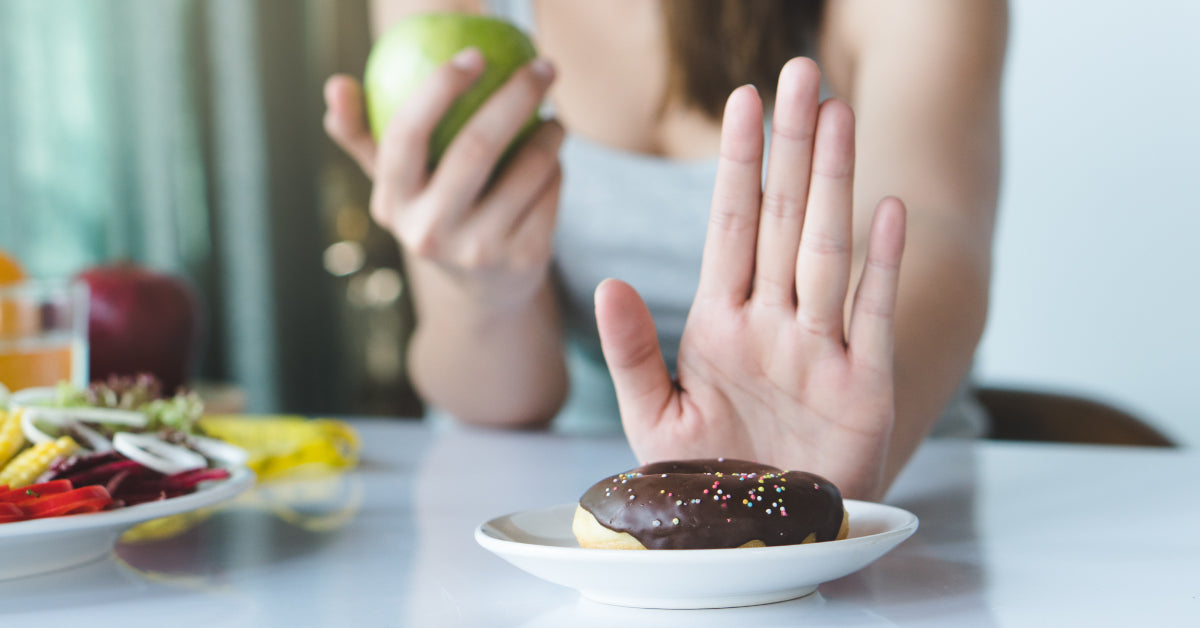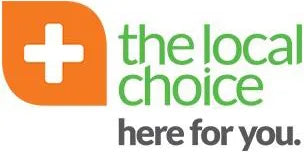
by Freda Coetzee
3 Diet Tips to Prevent Heart Disease
The incidence of obesity continues unabated at epidemic levels as people suffer from a wide array of degenerative diseases including heart disease which kills more people than any other affliction. New researched showed that westerners consumed 331 more calories a day in 2013 compared to thirty years ago. Those additional calories translate to an additional 2,317 added calories each week which packs on roughly 15kg of deadly body fat each year. Luckily there are diet tips to prevent heart disease. Excess Body Weight Directly Leads to Heart Disease The risk of heart disease rises in direct proportion to weight gain. The results of a study in the European Heart Journal conclude that even moderate increases in weight are strongly associated with increased risk of coronary death and heart attack. In fact, a 5% increase in body weight is enough to tip the scales toward cardiovascular disease in large part due to the metabolic response of chemical messengers released by stored fat and lipid dysfunction. The body has an amazing capacity to heal itself and reverse the negative effects of a lifetime of poor dietary habits, as any amount of weight loss will slowly bring about disease reversal and lower the risk of suffering a cardiac event. You can incorporate the following healthy tips into your lifestyle to assist weight loss and prevent heart disease. Tip 1: Increase Dietary Calcium to Boost Weight Loss Efforts The results of a study published in the American Journal of Clinical Nutrition shows that those individuals with the highest intake of calcium from dairy products experienced an average 5kg weight loss over a 2 year period. Study participants consumed 600 mg of calcium from dairy sources which is equivalent to a 350ml glass of milk. It’s important to note that the calcium did not come from supplements which are difficult for the body to absorb. Be sure to supplement with Vitamin K which helps usher calcium out of the blood so it doesn’t become deadly heart clogging plaque. Tip 2: Supplement with Vitamin D to Reduce Inflammation This study also found that as weight increased, levels of Vitamin D circulating in the blood were reduced. This is because Vitamin D becomes stored in body fat, and excess fat means that more Vitamin D is locked away and unavailable to perform critical anti-inflammatory and immune system functions. Vitamin D is a catalyst in the weight loss process as it reduces inflammation caused by excess fat and helps to inhibit the release of chemical messengers such as cortisol which keep you from losing weight. Vitamin D deficiency is implicated in the dramatic rise in coronary artery disease, as it has been shown to lower blood pressure and stabilize plaque so it doesn’t rupture. Tip 3: Stabilize Blood Sugar through Natural Diet Blood sugar spikes caused by a diet high in processed carbohydrates leads to obesity and heart disease. Wild changes in blood sugar after every meal cause metabolic imbalance and high levels of triglycerides in the blood which the body must convert to fat for storage. You can get off this roller coaster and begin to see quick weight loss results by slowly cutting refined carbs from your diet. If your food comes in a cardboard box, can or other man made container, it shouldn’t be part of your diet. Eat plenty of vegetables, nuts, seeds and lean proteins in their natural form to keep blood sugar under control. You can reverse plaque which has been slowly developing in your arteries over the course of decades, as you watch those excess pounds disappear. The incidence of obesity continues unabated at epidemic levels as people suffer from a wide array of degenerative diseases including heart disease which kills more people than any other affliction. New researched showed that westerners consumed 331 more calories a day in 2013 compared to thirty years ago. Those additional calories translate to an additional 2,317 added calories each week which packs on roughly 15kg of deadly body fat each year. Luckily there are diet tips to prevent heart disease. Excess Body Weight Directly Leads to Heart Disease The risk of heart disease rises in direct proportion to weight gain. The results of a study in the European Heart Journal conclude that even moderate increases in weight are strongly associated with increased risk of coronary death and heart attack. In fact, a 5% increase in body weight is enough to tip the scales toward cardiovascular disease in large part due to the metabolic response of chemical messengers released by stored fat and lipid dysfunction. The body has an amazing capacity to heal itself and reverse the negative effects of a lifetime of poor dietary habits, as any amount of weight loss will slowly bring about disease reversal and lower the risk of suffering a cardiac event. You can incorporate the following healthy tips into your lifestyle to assist weight loss and prevent heart disease. Tip 1: Increase Dietary Calcium to Boost Weight Loss Efforts The results of a study published in the American Journal of Clinical Nutrition shows that those individuals with the highest intake of calcium from dairy products experienced an average 5kg weight loss over a 2 year period. Study participants consumed 600 mg of calcium from dairy sources which is equivalent to a 350ml glass of milk. It’s important to note that the calcium did not come from supplements which are difficult for the body to absorb. Be sure to supplement with Vitamin K which helps usher calcium out of the blood so it doesn’t become deadly heart clogging plaque. Tip 2: Supplement with Vitamin D to Reduce Inflammation This study also found that as weight increased, levels of Vitamin D circulating in the blood were reduced. This is because Vitamin D becomes stored in body fat, and excess fat means that more Vitamin D is locked away and unavailable to perform critical anti-inflammatory and immune system functions. Vitamin D is a catalyst in the weight loss process as it reduces inflammation caused by excess fat and helps to inhibit the release of chemical messengers such as cortisol which keep you from losing weight. Vitamin D deficiency is implicated in the dramatic rise in coronary artery disease, as it has been shown to lower blood pressure and stabilize plaque so it doesn’t rupture. Tip 3: Stabilize Blood Sugar through Natural Diet Blood sugar spikes caused by a diet high in processed carbohydrates leads to obesity and heart disease. Wild changes in blood sugar after every meal cause metabolic imbalance and high levels of triglycerides in the blood which the body must convert to fat for storage. You can get off this roller coaster and begin to see quick weight loss results by slowly cutting refined carbs from your diet. If your food comes in a cardboard box, can or other man made container, it shouldn’t be part of your diet. Eat plenty of vegetables, nuts, seeds and lean proteins in their natural form to keep blood sugar under control. You can reverse plaque which has been slowly developing in your arteries over the course of decades, as you watch those excess pounds disappear.














